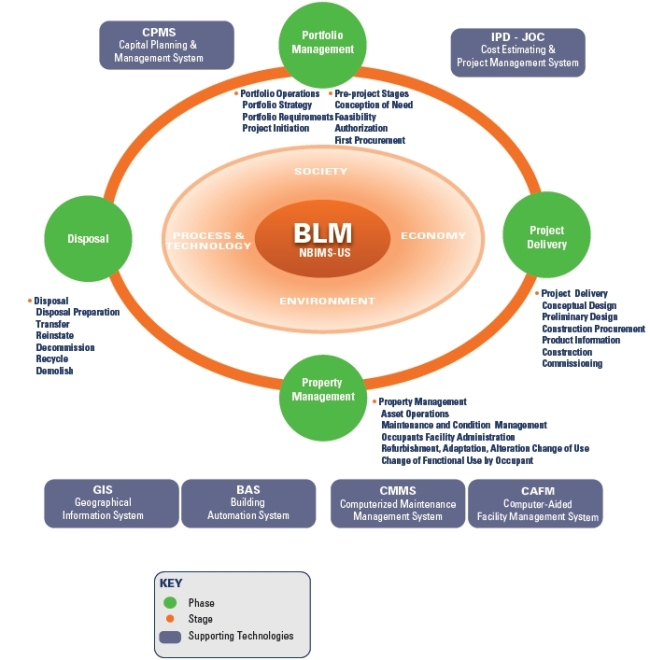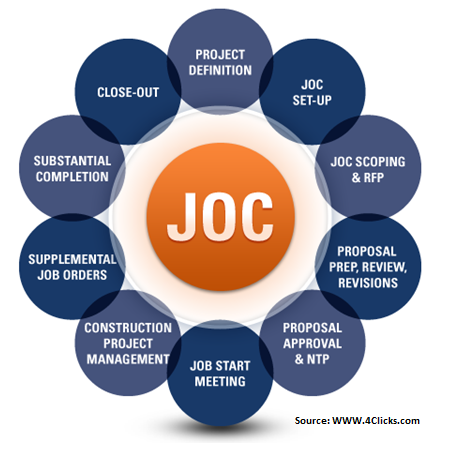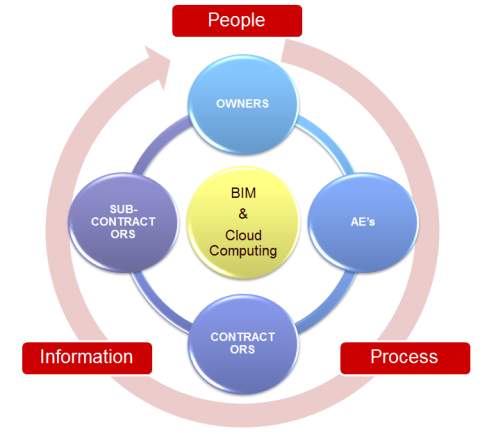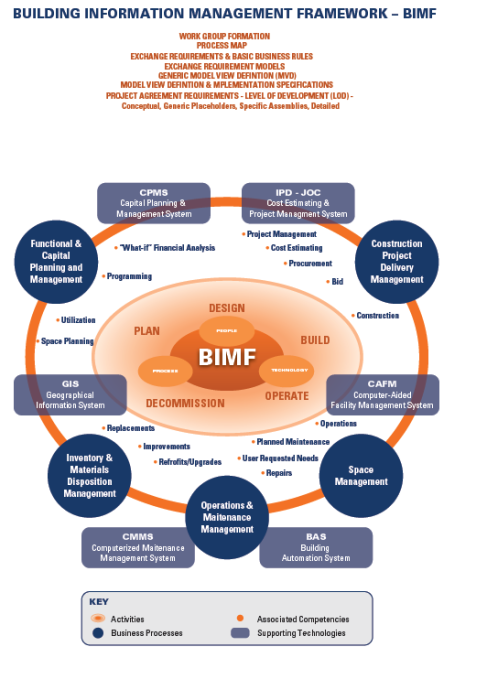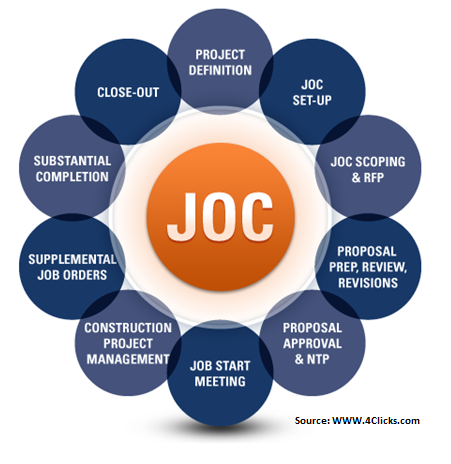(source: OmniClass Development Committee Status Report – April 16, 2013)
To: OmniClass Development Committee members
From: Dianne Davis, OmniClass Development Committee Chair
Kelly Sawatzky, OmniClass Development Committee Vice Chair
Greg Ceton, OmniClass Secretariat
These OmniClass Status Reports will be issued every few months through this review cycle. They are
designed to keep you apprised of ongoing OmniClass development work and afford you the opportunity
to ask questions or get involved. The report is organized to give updates on the development work
being performed by the three Working Groups (WGs) that are each independently working on a
different area of OmniClass development.
We are just commencing the 2012-2014 review cycle. Generally speaking, WGs are just beginning to
identify review issues and set priorities for areas of work needed.
OmniClass Spaces WG (Lead: Alan Edgar)
(Table Responsibilities: 13 – Spaces by Function and 14 – Spaces by Form)
The Spaces WG is charged with reviewing Table 13 – Spaces by Function and Table 14 – Spaces by Form
to determine the nature of any development work needed to expand or modify Table 13 contents, to
provide a baseline review of Table 14, as it has not been reviewed in depth since its initial
publication in 2006, and to harmonize the work of other existing space classifications with the revised contents
of both Tables. The Working Group has commenced review work on both Table 13 – Spaces by Function and Table 14 –
Spaces by Form. Table 13 review has been focused on laboratory space organization to start. Additional review of
medical spaces is also anticipated.
Table 14 review has begun with comparison of form-based aspects of other classification systems,
including those used as references in the prior work on Table 14. Some simplification of the table
to address purely formal concerns may be needed.
If you would like to participate in review work on either of these tables or have any comments to
share, please send them to Spaces WG lead Alan Edgar at alan.edgar@rsparch.com and to Greg Ceton at
gceton@csinet.org
OmniClass Products WG (Lead: Robert Keady)
(Table Responsibilities: 23 – Products)
The Products WG is charged with examining the structure of Table 23 – Products and confirming that
the contents and organization support the needs of users.
Work has commenced with the examination of Table 23 – Products. The WG Lead, Robert Keady, has
started cross-referencing Table 23 with Tables 21 (Elements) and 22 (Work Results). Additionally,
there have been equipment additions (200 to date) proposed to Table 23. Currently there is an
effort being made to identify Work Group members who will focus on specialized areas for review
within Table 23. This review cycle, the Work Group will also be focusing on adding definitions for
Table 23 entries.
If you have any comments or resources to lend to this effort, please send them to Properties WG
Lead Robert Keady at robertkeady@hotmail.com and to Chris Gummo at cgummo@csinet.org
OmniClass Activities and Processes WG (Lead: Dianne Davis)
The Properties and Materials WG is charged with examining and revising content and organization of
Table 32 – Services, Table 35 – Tools, and Table 36 – Information in light of recent work on Table
31 – Phases, Table 33 – Disciplines, and Table 34 – Organizational Roles.
Work has commenced with the examination of Table 32 – Services. The WG has tapped Robert Keady,
CEM, CDSM, FMP for his specialized knowledge of tasks, and how they may be fit into the structure
of Table 32 while limiting the impact on the table as a whole. The group has agreed that any
changes to Tables 32 and 36 must be in response to intended or known table usage that currently not
being met. Adding content or improving the tables without reference to a real improved process will
not satisfactorily address the WG charge.
Definition creation and harmonization with existing OmniClass Tables and creation of transition
matrix for each reviewed table will be commenced further along in the review cycle.
Work on other tables will be initiated after the work on Table 32 – Services has progressed
further.
If you have any comments or resources to lend to this effort, please send them to Properties WG
Lead Dianne Davis at d.davis@aecinfosystems.com and to Rob Holson at rholson@csinet.org
If the work of any of these Working Groups interests you, or you would like to participate
in their development work, please contact Greg Ceton at gceton@csinet.org


